AgTalk | Mobile to grown rapidly in 2-3 years: SMG's Sheehy
As the digital boom takes the media world by storm, business verticals across the media and advertising world has been a constantly evolving space. Digital advertising, big data, search, analytics etc are all gradually becoming the codes of conduct for the industry.
Adgully caught up with John Sheehy, President, Global Operations, Starcom MediaVest Group to know his thoughts on technological influence on advertising and marketing, data, mobile etc. Edited excerpts below:
AgTalk (AG): There is too much conversation happening on big data. How do you see India using big data and data in the pure form as compared to global counterparts?
John Sheehy (JS): The existing dynamics of the market place in India and across all the markets is very traditional; about 90% is still coming from television, newspaper and print. So data now, is really trying to understand how that is working and optimize that and that is why we have tools like Tardis, Tardis Fusion that is looking at taking multiple inputs and be able to optimize that. Data is also coming from the proliferation of just data itself and what the foot print of the exhaustive coming out of internet or all these devices - cell phone for example has done. So, in a more dynamic way we are using that data primarily when you dump it all down to look out for audiences and what data allows us to do on a primer level is to move from more mass audiences to more one-to-one audiences because your able to understand people on a personal basis as well as a macro basis. So, data allows you to compile audiences and to go from a mass to much more precise target capability. The other thing data is allowing us to do is measuring the impact, which used to be very traditional marketing mixed modelling going to TV to sale affect print to sales affect .What data is allowing us is to model how all these new interactions in the dynamic non-linear way are happening, what is the impact on paid, owned and earned media as it goes back, the amplification of it etc. So, it all boils down to first, being able to understand how things are working. Secondly, in a new world, looking at audiences in a much more discreet level; third - in a converged world, where things are shifting from traditional to non-traditional and measuring its effects is essential and then lastly, we are using data in a more predictive way – using it to measure what the impact a campaign has. So one is able in measure in real time- how it is working because of the digital’s ability to measure that quickly and you making changes to that campaign which is called as attribution modelling.
AG: How do you think has technology impacted creative thinking and planning processes at the agencies in India and Global?
JS: Its simple - Our ability to want to understand audiences at much more discrete level and target them makes all difference in the world. Traditionally if you grew up in a marketing principle your targeting mass audience with one proposition against one core need and you’re just trying to anchor your brand in a very out bound way against their proposition. In today’s world, a brand is able to have multiple audiences against multiple needs and then be able to serve up relevant message with relevant content in real time and against those different audiences. So you are able to get much more relevant meaning because you’re not only able to target there but also match-content. What technology enables us to do and what you see in the discussion is programmatic - it is to buy that real time and match up the audiences, the content and then understand the affects of that and manipulate the campaign to drive even more relevance. So technology will enable this, but it’s also allowing the consumers to change their behaviours and so look at the cell phone or the smart phone culture. Also, if you look at the M Commerce business, the pace of change is unbelievable because of simple computation power and technology. Mobile search is not only taking on to desktop search for the first time and the proliferation of smart phones, in India is phenomenal; over the last ten years Indian mobile user number has gone up from 40 million to about 90 million. So one can understand that this piece of technology will continue to change and so the impact knock on the affect is what we are just going to see if I go back to the fact that traditional media still dominates the India landscape yet the technology behaviour of the consumers are way out there. You can see the massive shift that is going to happen in India in the next three to five years much like what we have seen in other countries whether they are developed or developing.
AG: Competition within the network is very strong where every agency is trying to get a gain a share of the business pie. How do you view this?
JS: Every brand has its own position in the market place and I think brands are looking for that match between ‘what fits their business needs’ against ‘what we serve best’. For example, Starcom MediaVest Group (SMG), over the last few of years, is really focused on moving from a traditional media company into the experience company business; so what used to be about buying and selling, planning and strategies is now about creating experiences and that has payed off well for us! Also, if you look at where the consumer’s expectations and behaviour is going, the ability to not just buy on the efficiency side, but creating these experiences using social, data, content, which is where we have gone, has served us well. So, for example, if a client is looking for SMG, it is looking to develop more on the experiential side as well have the size and cloud of SMG. And that is why over the last 3 years, we have seen a revenue shift from what used to be 15% of our business coming for digital, data analytics and content into what is now become 50% of our business. So that shift from a pure media company into an experience company is served us well. When we talk to our clients, these aspects become clear value propositions for them.
AG: With the growth of mobile in India, which are the categories of brands in India you think which lack the mobile marketing advertising?
JS: I believe that understanding audiences, being able to use technology to deliver and read things in real time and creating content in a much more relevant targeted way is where marketing and communications business is evolving. For example, Convonix with its search capability has progressed to become very dynamic, certainly among the performance-driven clients ranging from banking, finance, automotive, electronics, and also beyond packaged goods category which are the keys categories. Having said that, we are witnessing it broadly across most categories in many markets, while in India, we have had the lead in performance driven sectors, but we will see that come across and accelerate in other sectors as well.
AG: How do you think Indian agencies and publishers have reacted towards mobile?
JS: India has responded in a big positive way. If you have to compare, expenditure and consumer behaviour, it has really grown up. The consumers have adapted the medium quite quickly and so the marketers would need to change their spend pattern accordingly. The way e-commerce has transformed to m-commerce shows the growth of mobile as a medium.
AG: Holding a global experience, how would you rate the creative processes at Indian agencies viz –a- viz international ones? Also, what do you think can Indian agencies learn from their international counterparts?
JS: Having spent over 22 years in the creative side of the business, I have worked on campaigns developing them. I think every market has its own pace of change and in the last few years as a part of the media side of the business, I believe some big changes are taking place. However, one will still witness a longer development process for a big campaign, especially in India with a larger chunk of traditional buyers. But we also see growth and adoption of ‘real time’, when you are using technology to be more predictive and responsive. There are now ‘real time studios’ being set up and we are now seeing brands like publishers and media companies which usually started out with building capabilities in real time marketing and one shall also witness various innovative partnerships taking place. For example, SMG has an innovative global partnership called Content and Scale which allows us to take simple display and turn it into much more dynamic formats because we are working with publishers to tag their content and to be able to serve that content in real time to the audiences.
AG: Shed some light on India-related SMG plans for the next 2-3 years.
JS: Our clear map is that we will be very aggressive and lead the industry in terms of digital capabilities – search, display, mobile, commerce, underpinned by data.
For more than 20 years, John Sheehy has inspired both creative and media teams to form better, more collaborative relationships with clients. He worked this alchemy mostly during his many years with sibling agency Leo Burnett, where he developed an entirely new approach to client teams on the Kellogg account. Now President of Global Operations, John’s main mission is to further integrate SMG’s Human Experience practice across the SMG ecosystem.
A member of the Publicis family for most of his career, John has years of experience working alongside his media brethren. Under his purview, Leo Burnett consolidated 100% of the Kellogg business across Europe, Latin America and North America while increasing the client partnership with other Publicis Groupe sister agencies such as Starcom. He also led the charge to secure new regional and global clients such as Deans/Whitewave, ConAgra and QXL.





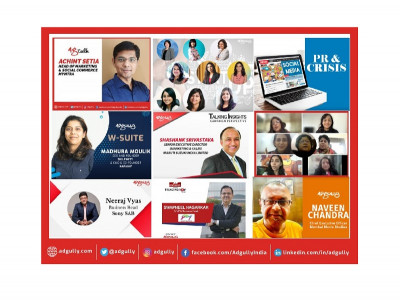
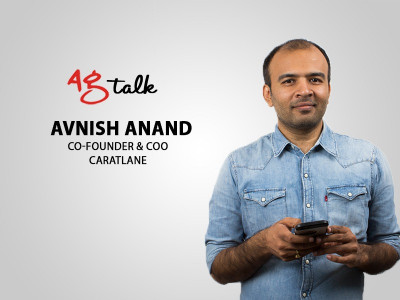

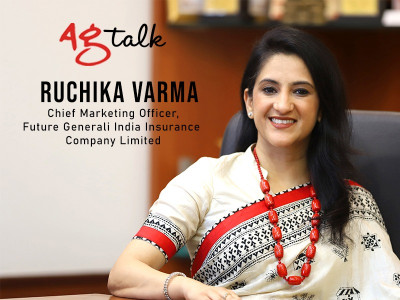
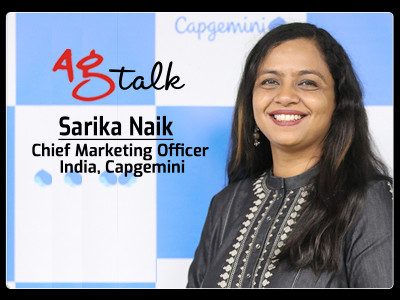

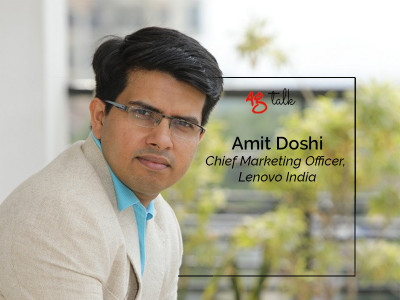




Share
Facebook
YouTube
Tweet
Twitter
LinkedIn